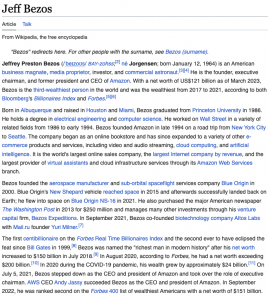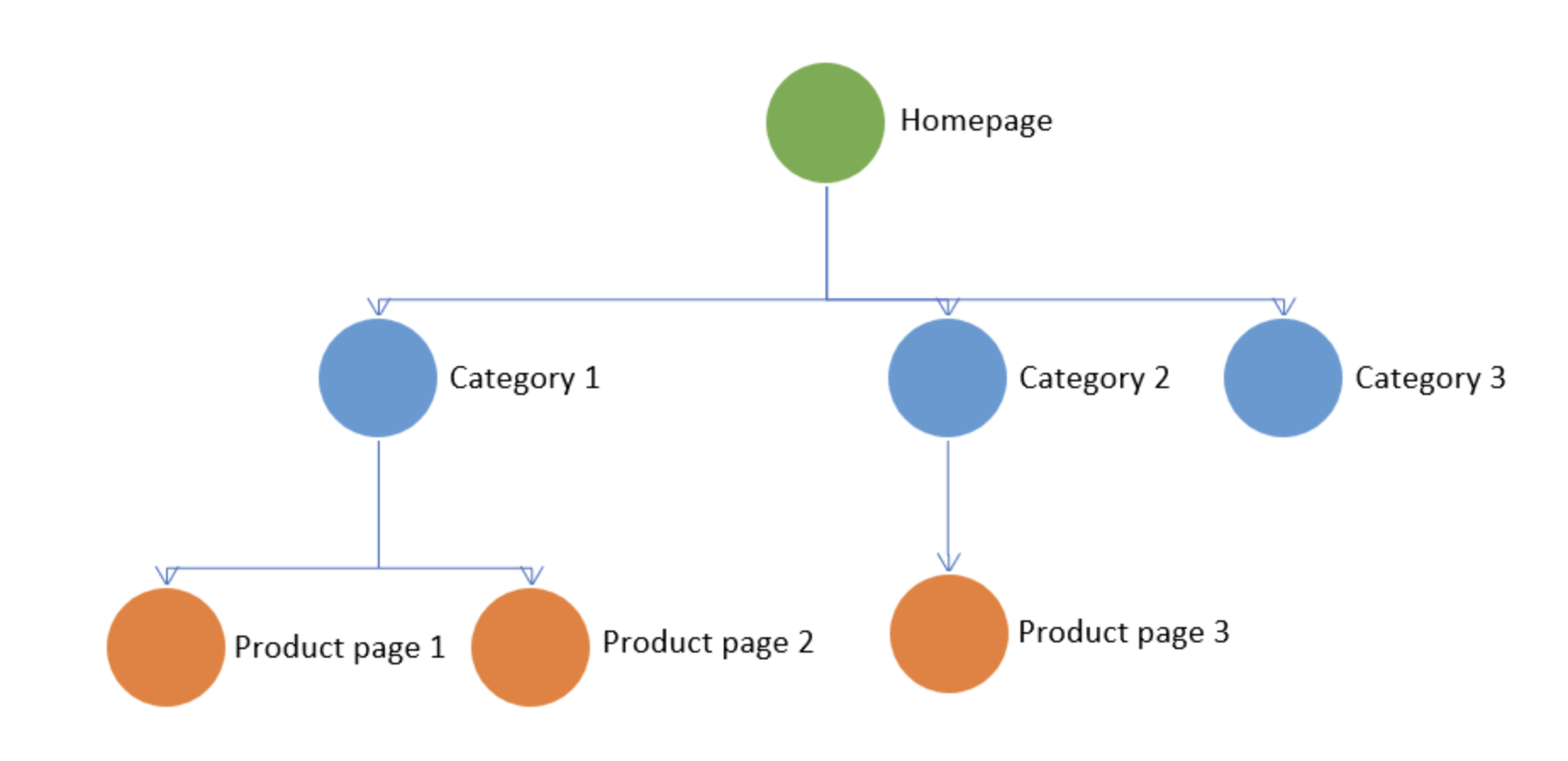What is an Internal link?
Table of Contents
Internal linking is a powerful SEO technique that involves linking pages within your website to each other. This not only helps search engines understand the structure and hierarchy of your site but also enables them to index and crawl your content more effectively.
By linking to other pages on a site, you can pass authority and relevance to those pages, which can boost their search rankings. For example, if you have a high-ranking blog post, you can link to other related blog posts on your site, which can help them rank higher as well.
In addition to its SEO benefits, internal linking can also improve the user experience of your website. By providing links to related content, you can make it easier for users to find the information they need, which can increase engagement and reduce bounce rates.
In this SEO guide, we’ll explore the different types of internal links, best practices for internal linking, how to determine which pages to link to, and advanced techniques for internal linking. By following these strategies, you can improve the SEO of your site, enhance the user experience, and drive more traffic to your pages.
What types of internal links there are?
There are three main types of internal links: contextual links, navigation links, and footer links.
Navigation links
Navigation links are links that are included in the navigation menu of a website. These links are typically placed at the top or side (or in burger navigation) of a page and provide users with a way to navigate to different sections of the site. Navigation links are important for SEO because they help search engines understand the structure of your site.
Footer links
Footer links are links that are included in the footer section of a website. These links are typically used to provide additional information or resources related to the content on the page. Footer links are often used to link to the site’s privacy policy, terms of use, and contact information.
Contextual links
Contextual links are links that are embedded within the content of a page. These links are typically highlighted in a different color or underlined to distinguish them from regular text. Contextual links are often used to provide additional information or resources related to the content on the page.
What are the best SEO practices for internal linking?
-
Use descriptive anchor text: When creating internal links, use descriptive and meaningful anchor text that accurately describes the content on the page you’re linking to. This not only helps users understand where the link will take them but also provides context for search engines.
- Google to be able to follow the hyperlinks you have to use the following HTML tag and structure.
- Avoid using generic anchor text such as: text, here, website, link etc.
-
Link to relevant content: When deciding which pages to link to, choose pages that are relevant to the content on the current page. Make sure that the anchor text is matching with the target keyword(cluster) of the destination page. This not only helps users find more information on a topic, but also signals to search engines that the linked pages are related.
-
Limit the number of links on a page: While it’s important to include internal links on your pages, you don’t want to overdo it. Too many links on a page can be overwhelming for users and dilute the SEO value of each individual link. But at the same, you can use as an example Wikipedia and its linking strategy.

https://en.wikipedia.org/wiki/Jeff_Bezos
-
Use a variety of link types: As I mentioned earlier, there are different types of internal links you can use, including contextual links, navigation links, and footer links. Using a variety of link types can help provide a better user experience and improve the SEO of your site.
More internal linking techniques
Create well-optimised silos
Siloing is a technique used to group related content together in a way that makes it easy for users and search engines to understand. By creating silos of related content, you can establish your site as an authority on a topic and improve your SEO rankings. Siloing involves linking related pages together within a category, and then linking to a higher-level category page to create a hierarchy of information.
Cluster Linking
Cluster linking involves linking multiple pages together that are related to a specific topic or keyword. By creating clusters of related content, you can signal to search engines that your site is an authority on a particular topic and improve your SEO rankings. Cluster linking can also provide users with a more comprehensive and organized experience, as they can easily navigate between related pages.
Linking to Related Content
Linking to related content within your own site is an important aspect of internal linking, but it’s also important to ensure that the related content you link to is actually relevant and helpful to users. By linking to high-quality, related content, you can keep users on your site longer and improve your SEO rankings by signaling to search engines that your site is comprehensive and organized.
Why internal links are important for SEO
The content needs to be discovered by Google’s web crawler. Hyperlinks are the primary way that Googlebot finds content on the internet.
- Relationships between content
Google uses internal links, specifically the anchor text, to understand what the target page is about and how it relates to the linking page Anchor text is a clickable text in a hyperlink to other pages:
- Content discovery
According to Gary Illyes, a webmaster trends analyst at Google, around 80% of discovery is following links, and close to 20% is just following XML Sitemaps
- Links value (Page Rank)
Google now uses a “reasonable surfer” model for PageRank, which assumes that links that are more prominently placed or visually emphasized are more likely to be clicked. Those links now pass more PageRank or authority to target pages than links less likely to be clicked.
For example, links in a footer at the bottom of the page are less likely to be clicked than links prominently featured in the first paragraph of copy, and therefore pass less PageRank than the more prominent link.
On the graph below you can see an explanation of how the PageRank is distributed across the website structure.
SEO best practices for internal linking
- Use long tail relevant anchor text to determine the content. The link text should be relevant and useful for the users for better clickability.
- The best practice for anchor text is to have the text in a different font colour
- The higher link in the HTML code has more chances to be taken into consideration, that’s why the anchor text of this link is important to be relevant.
- Always make use that your developers are using <a href=”” in the HTML document, especially when your website is a Single Page Application(SPA).
- Use internal links to describe entities. A good example is how Wikipedia are using internal links for describing entities.
- Paywall and SEO: Types and Implementation Guide - November 1, 2023
- Visualising CTR with Python and Linear Regression - June 3, 2023
- Regex for SEO: Quick Guide on Using Regular Expressions - June 2, 2023

